Ever Wondered Why Witches Ride Brooms?
The Fascinating History Behind the Legend
The image of a green-skinned witch soaring through the night sky on her broomstick is a classic Halloween symbol. But have you ever stopped to think about why witches and brooms became so intertwined? The true story is far more intriguing than you might imagine, stretching back through centuries of folklore, superstition, and surprising historical events.
The Humble Broom: More Than Just a Household Tool
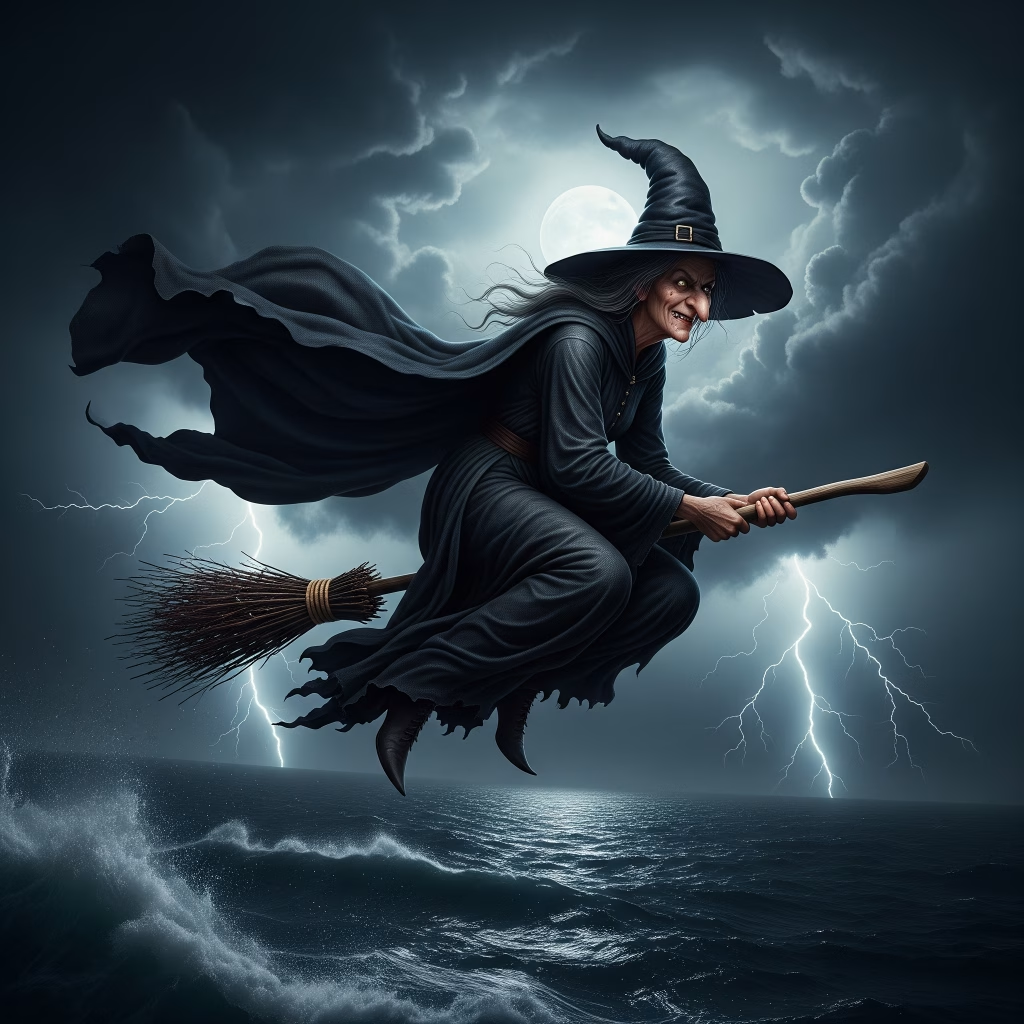
Before we delve into the airborne adventures, let’s consider the broom itself. While its exact invention date remains a mystery, the act of sweeping dates back to ancient times, with early versions likely made from bunches of sticks, reeds, or other natural fibers. This everyday household item even gets a mention in the New Testament.
The word “broom” actually comes from the plant or shrub used to create these early sweeping devices, gradually replacing the Old English term “besom”. For centuries, both terms were used interchangeably. From their very inception, brooms and besoms were strongly linked with women, becoming a powerful symbol of female domesticity. The image of the witch on the broomstick combined anxieties on women’s sexuality, drug use, and religious freedom into one enduring myth.
The First “Flying” Confession: A Surprising Twist
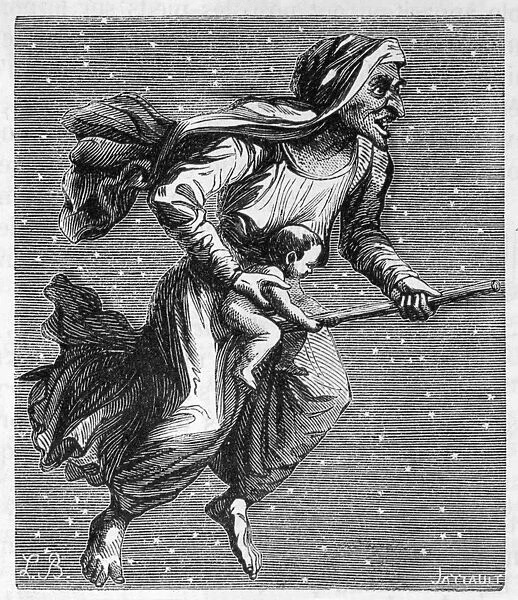
Interestingly, the first witch on record to confess to riding a broom or besom wasn’t a woman at all, but a man named Guillaume Edelin. This priest from Saint-Germain-en-Laye, near Paris, was arrested in 1453 for witchcraft after publicly questioning the Church’s warnings about witches. Under torture, he confessed to broom-riding, later repented, but was still imprisoned for life. Dylan Thuras at Atlas Obscura wrote that the “broom was a symbol of female domesticity, yet the broom was also phallic, so riding on one was a symbol of female sexuality, thus femininity and domesticity gone wild.” The two women in Le Champion des Dames importantly don’t appear deformed or grotesque, they are ordinary; their corruption cannot be visually perceived. And pagan rituals before the 15th century had involved phallic forms, so the shape of the broomstick between a woman’s legs had both a sexual and spiritually deviant meaning to the Church.
By the time of Edelin’s confession, the notion of witches flying on broomsticks was already firmly established. The earliest known visual representation of witches on brooms dates back to 1451, appearing in French poet Martin Le Franc’s manuscript, Le Champion des Dames. These illustrations show women flying on a broom and a plain white stick, identified as Waldensians, a Christian sect labeled as Heretics partly because they allowed women to become priests.
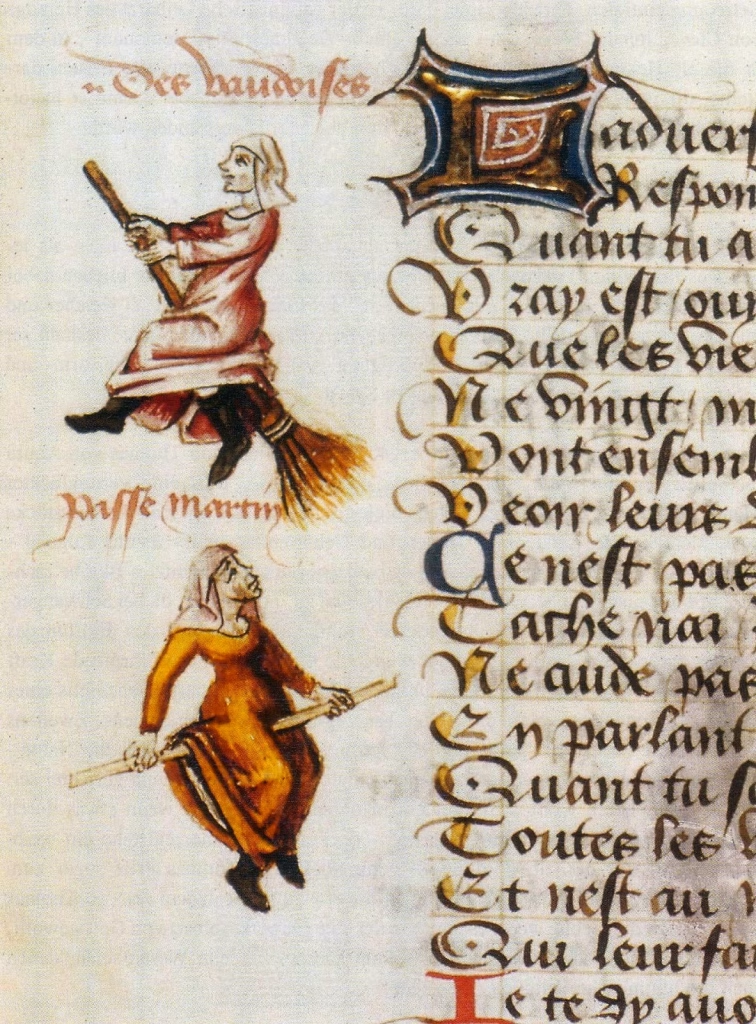
One theory suggests the connection between witches and brooms might stem from ancient pagan fertility rituals. Rural farmers would reportedly leap and dance astride poles, pitchforks, or brooms under the full moon. This ritual was believed to encourage crop growth. This “broomstick dance” may have become conflated with stories of witches flying through the night to attend illicit gatherings
The Role of Hallucinogenic Ointments
Broomsticks were also thought to be ideal vehicles for the special ointments and salves that witches allegedly concocted to achieve flight and engage in other forbidden activities. In 1324, during the trial of wealthy Irish widow Lady Alice Kyteler for sorcery and heresy, investigators reportedly discovered “a pipe of ointment, wherewith she greased a staff, upon which she ambled and galloped through thicke and thin” in her home.

Pharmacologist David Kroll suggests that medieval witches were believed to create their brews from plants like deadly nightshade (Atropa belladonna), henbane (Hyoscyamus niger), mandrake (Mandragora officinarum), and jimsonweed (Datura stramonium). These plants contain hallucinogenic chemicals known as tropane alkaloids.
Some historical accounts suggest that instead of ingesting these mind-altering substances, which could cause severe intestinal distress, witches chose to absorb them through the skin, often in sensitive areas of their bodies. A 15th-century text by theologian Jordanes de Bergamo noted that “the vulgar believe, and the witches confess, that on certain days or nights, they anoint a staff and ride on it to the appointed place or anoint themselves under the arms and in other hairy places”.
The Enduring Legend
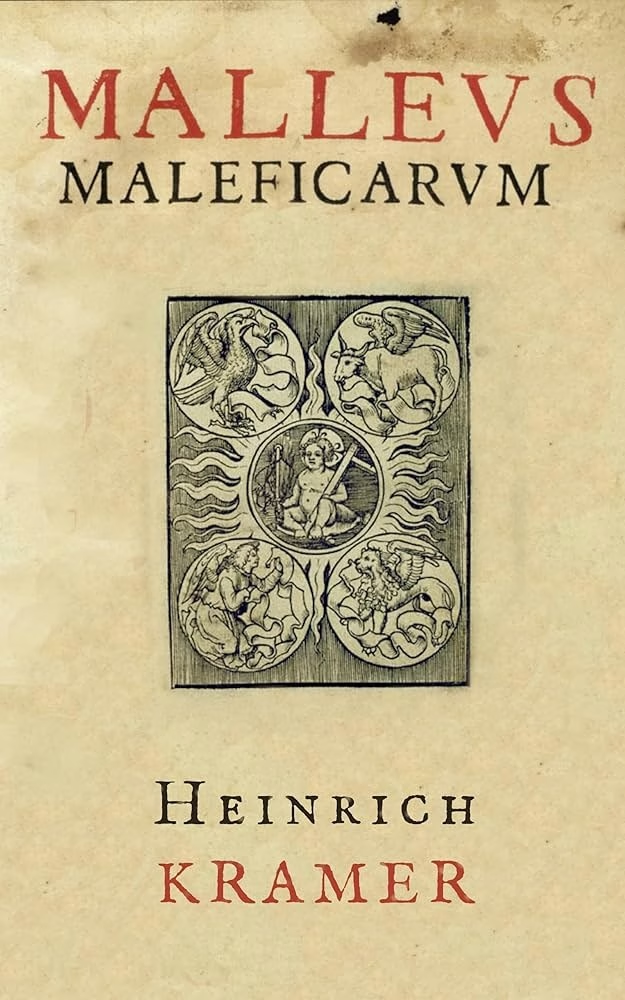
It’s difficult to ascertain the exact truth behind these stories, which emerged during a period of intense anxiety surrounding witchcraft in medieval Europe. Much of what we know about medieval witchcraft comes from records of religious inquisitors, legal officials, and confessions of accused witches, often obtained under torture. Thousands of probably innocent women at most where tortured and burned to the stake by the Church and the Inquisition. They even wrote a manifest for it the infamous “Maleus Maleficarum” The Malleus suggests torture to get confessions and death as the only certain way to end the “evils of witchcraft.”
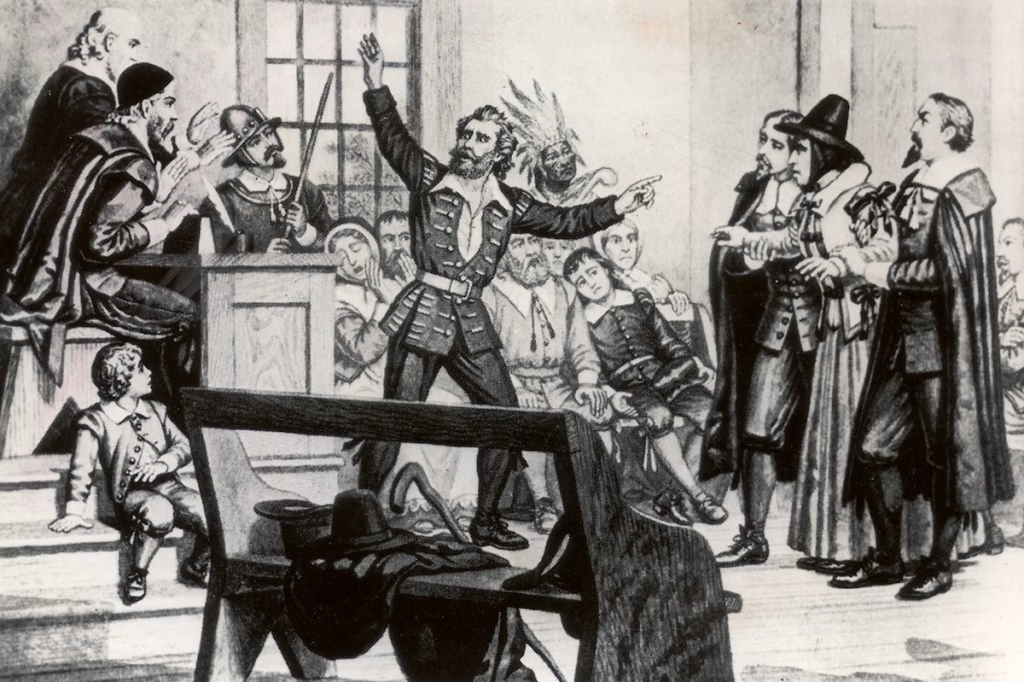
By the 17th century, accounts of witches using broomsticks to fly out of chimneys became increasingly common, coinciding with women being more closely associated with the domestic sphere. One custom involved women propping a broom outside a door or placing it up a chimney to indicate they were away from home. This may have contributed to the popular belief that witches left their houses via chimneys, despite few accused witches ever confessing to such acts.
Anxiety about witchcraft largely subsided by the 18th century. While many self-identified “witches” exist today, particularly with the rise of neo-pagan traditions like Wicca, few claim to be soaring through the skies on brooms. Nevertheless, the iconic image of witches flying on broomsticks remains a powerful and enduring symbol, especially around Halloween.
